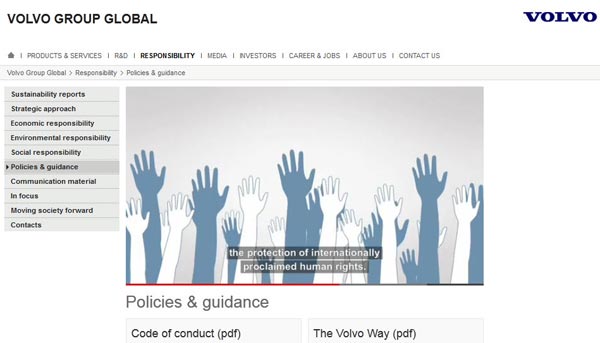
Investor relations professionals constantly struggle with a key question:
How can I help investors form a coherent, long-term investment thesis about my company?
The branding concepts of marketing can help answer this question by tying together the various strands of a company’s operations, values, culture, financial position and market perception into a single financial brand. Attention to these concepts can help elevate discussions about the company from mundane quarter over quarter earnings comparisons to more meaningful discussions of long-term goals.
Much of what is done in investor relations tends to be tactically focused: quarterly reporting, press releases, speeches and conferences with associated presentation materials. Often, the messages conveyed by these communications are one-off in nature, with no attempt to express and describe the company’s longer-term value proposition. Even annual reports, which used to be the place where a company could spend more time showing itself to investors, have in many cases been pared down to the bare minimum. In the United States, the use of 10-K wraps for annual reports limits general discussion about the company to 8 – 12 pages. When you subtract out the pictures, listing of officers and directors, and other various matters, very little room is then left for delivery of a comprehensive overview of the company. The result of all of this is a somewhat disjointed message – people may know what industry you are in and something about your financial performance, but it may not be immediately obvious why your company’s stock represents a viable investment thesis.
In today’s investing environment, where fewer and fewer analysts are covering more and more companies, a company can easily be lost in the crowd. Branding can help people understand and remember a company. This is done by creating a financial message that sums up a company as a whole and presents it in a way that is instantly identifiable.
Brands resonate with people, and contrary to common belief amongst investor relations professionals, analysts are people too. The more analysts can understand a company as a brand concept, the more it will help them flesh out the longer term opportunities to the company and get them to focus less on the short term ups and downs that every company experiences. For example, everything that Wal-Mart does is driven by trying to achieve lower prices for their customers. Once an analyst understands this, they can see how the “brand concept” drives sales, expense controls, the store experience, corporate culture and many other aspects of the company’s performance.
Not all companies are quite so clear-cut in their outlooks; however, all companies seek to be unique in some aspect. This is where financial branding should focus.
While I would like to make the assertion that financial branding will enable a company to gain a premium to its stock price, that ultimately depends on its long-term financial track record and the market’s perception of its future prospects. In the long run, markets are relatively efficient. Where financial branding plays a role is in making a company’s story stand out from the crowd and be more understandable. This then, will attract the attention of more investors. And the more investors that know and follow the stock of a company, the more efficient the market will be at placing a fair valuation on it.
 YouTube is the top youth brand
YouTube is the top youth brand Today, online video has given brands a huge opportunity to build emotional connections with consumers, increase message retention through visuals, and enable global audiences to have tactile relationships with products on their computers, tablets, and smartphones. That’s just one of the highlights from Lionbridge’s new ebook,
Today, online video has given brands a huge opportunity to build emotional connections with consumers, increase message retention through visuals, and enable global audiences to have tactile relationships with products on their computers, tablets, and smartphones. That’s just one of the highlights from Lionbridge’s new ebook, 




 This month, the Internet Advertising Bureau (IAB) released its mid-year
This month, the Internet Advertising Bureau (IAB) released its mid-year  APCO Worldwide released its ranking of the top
APCO Worldwide released its ranking of the top